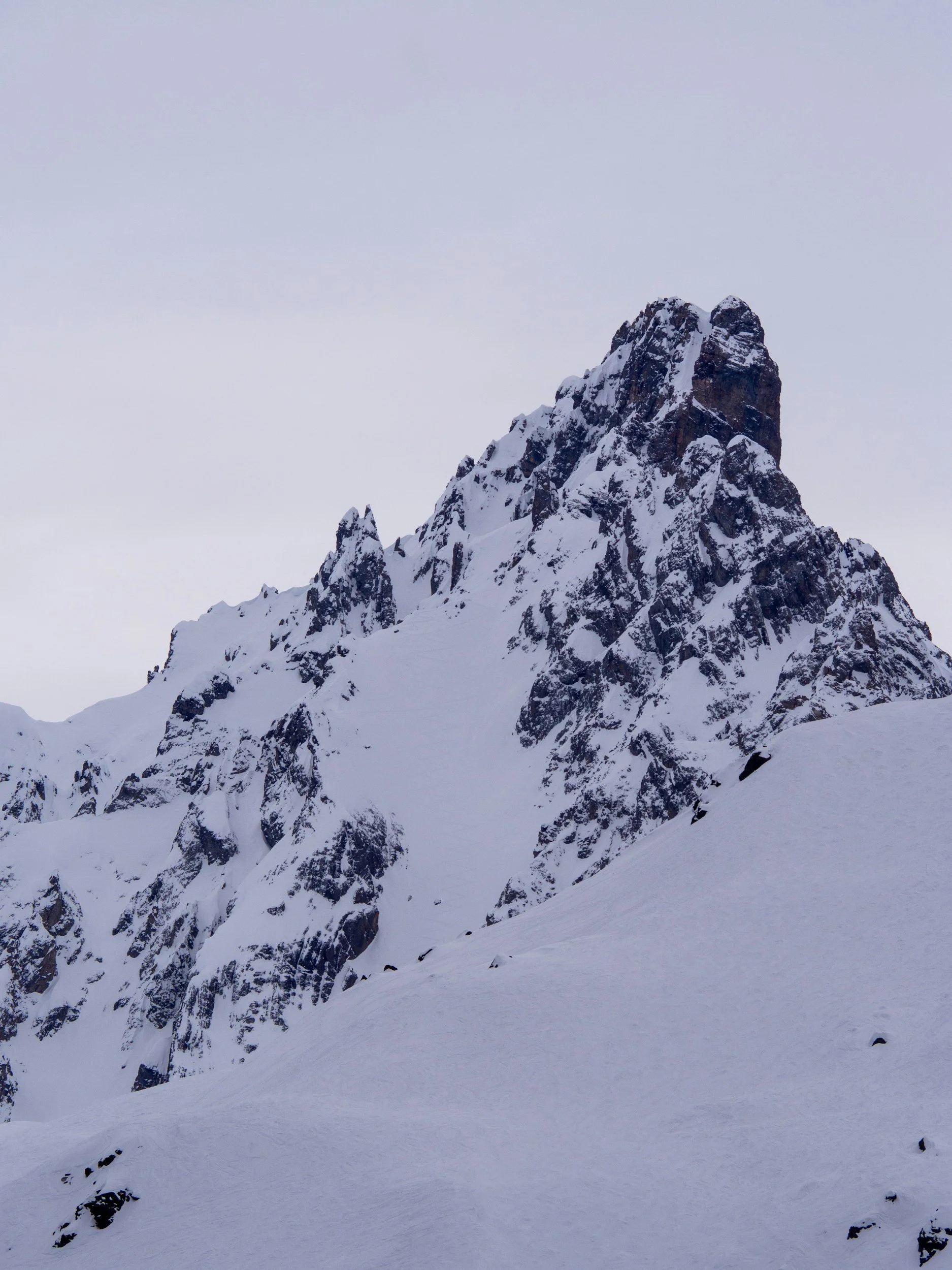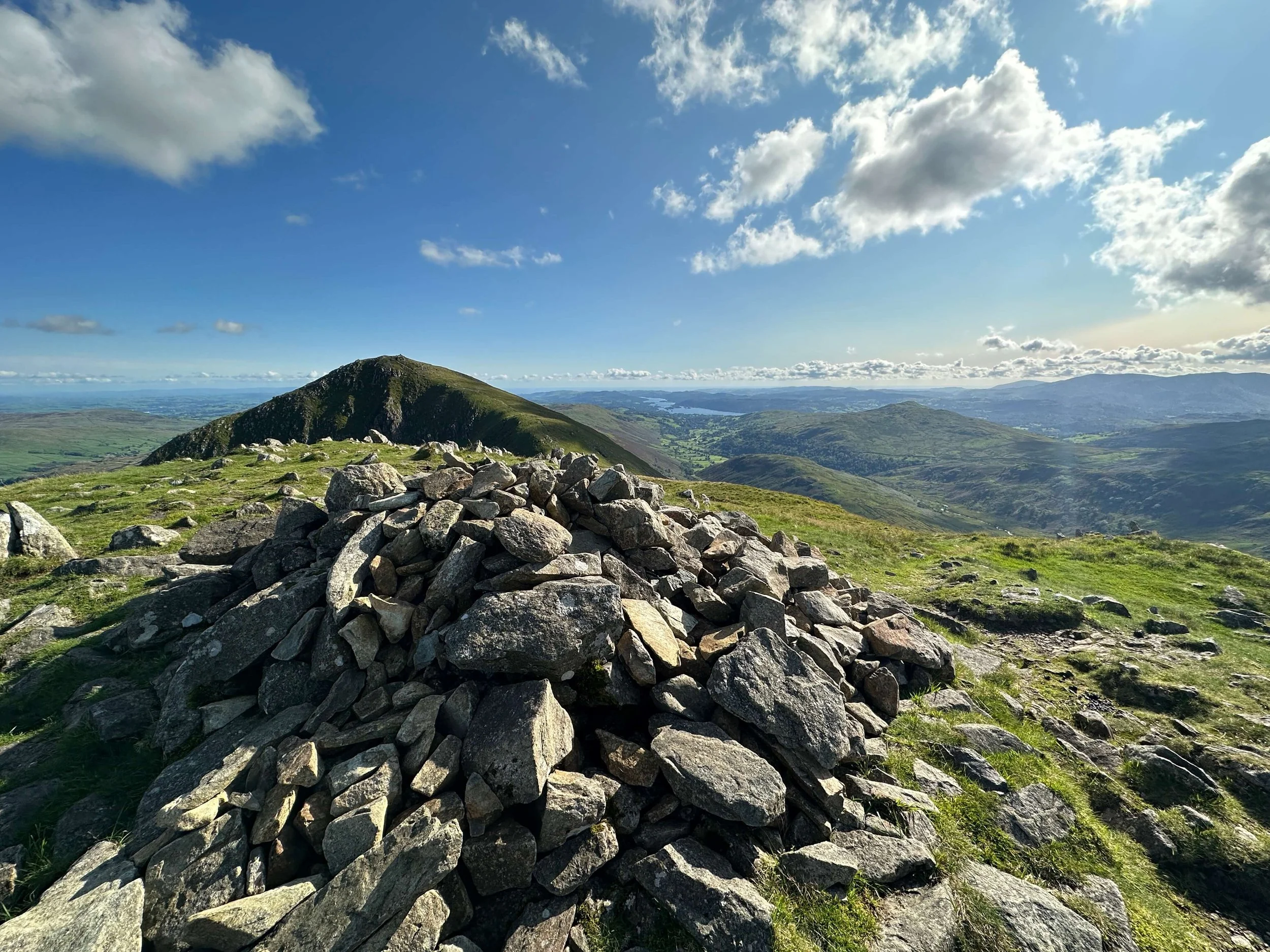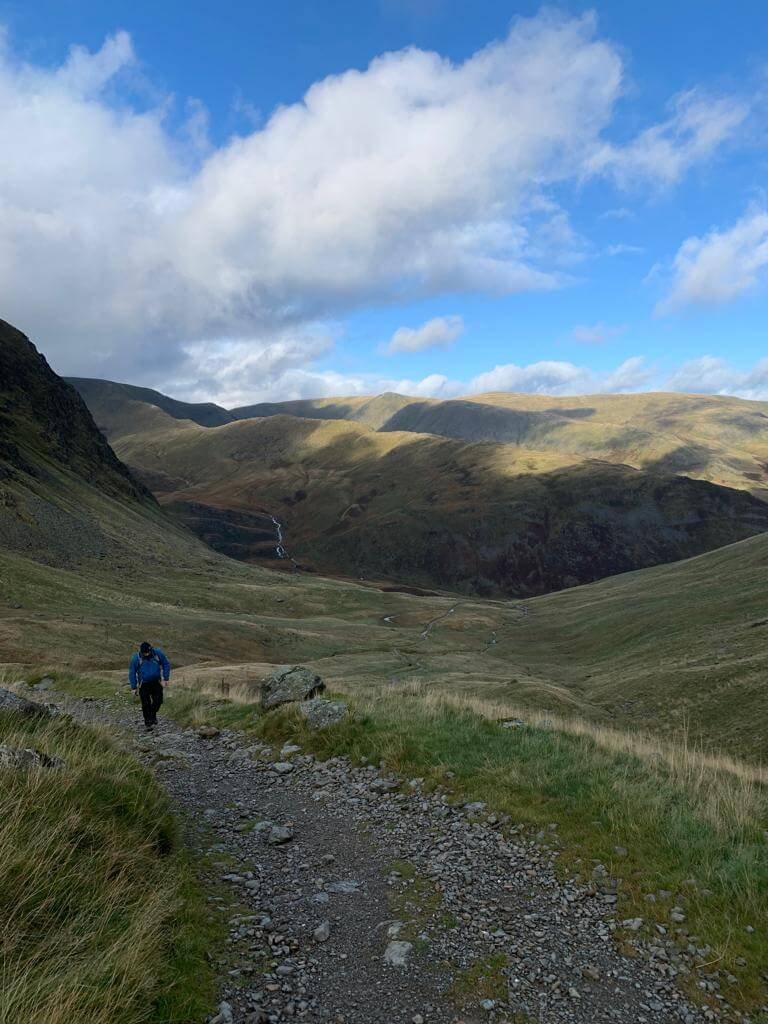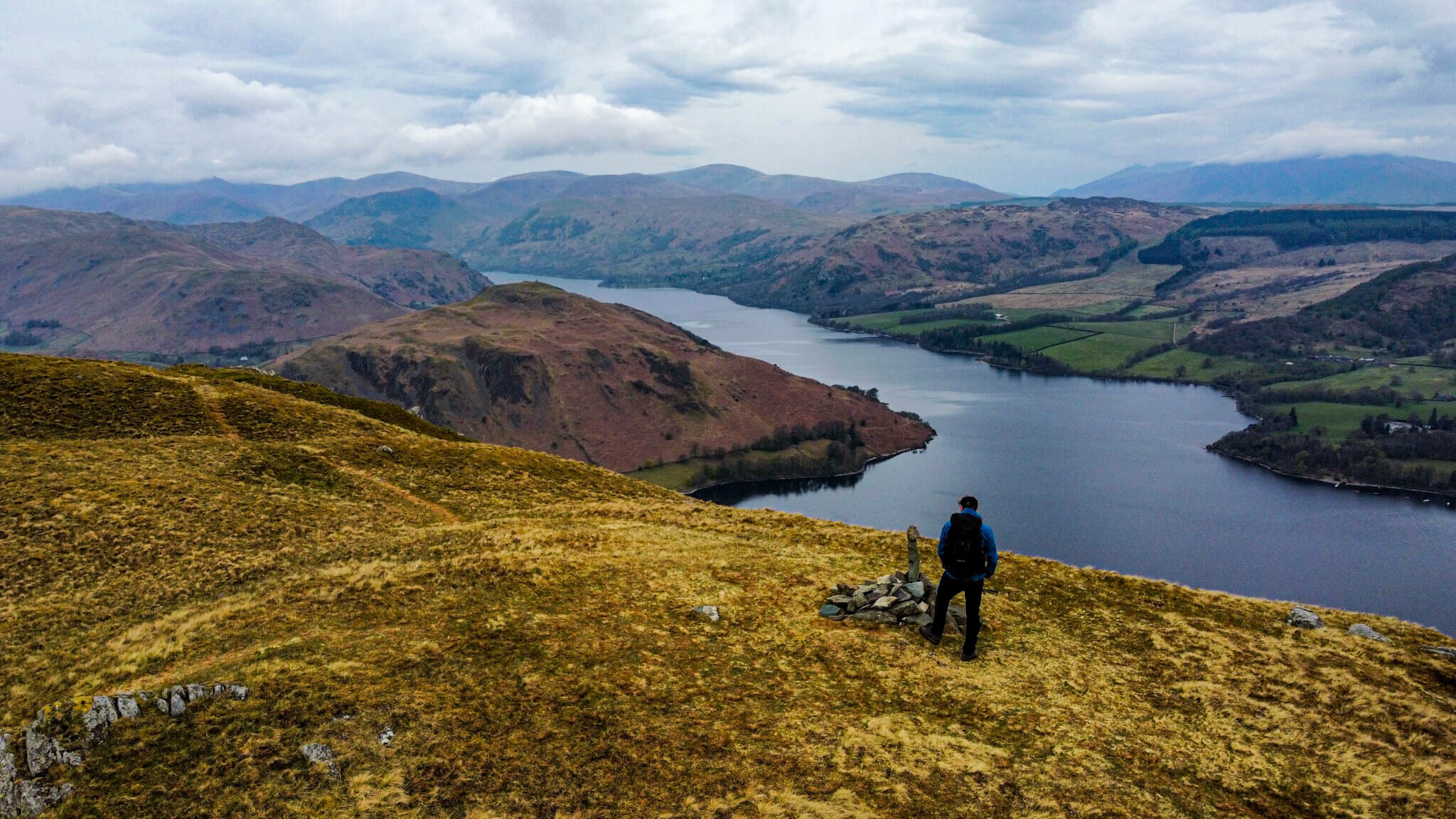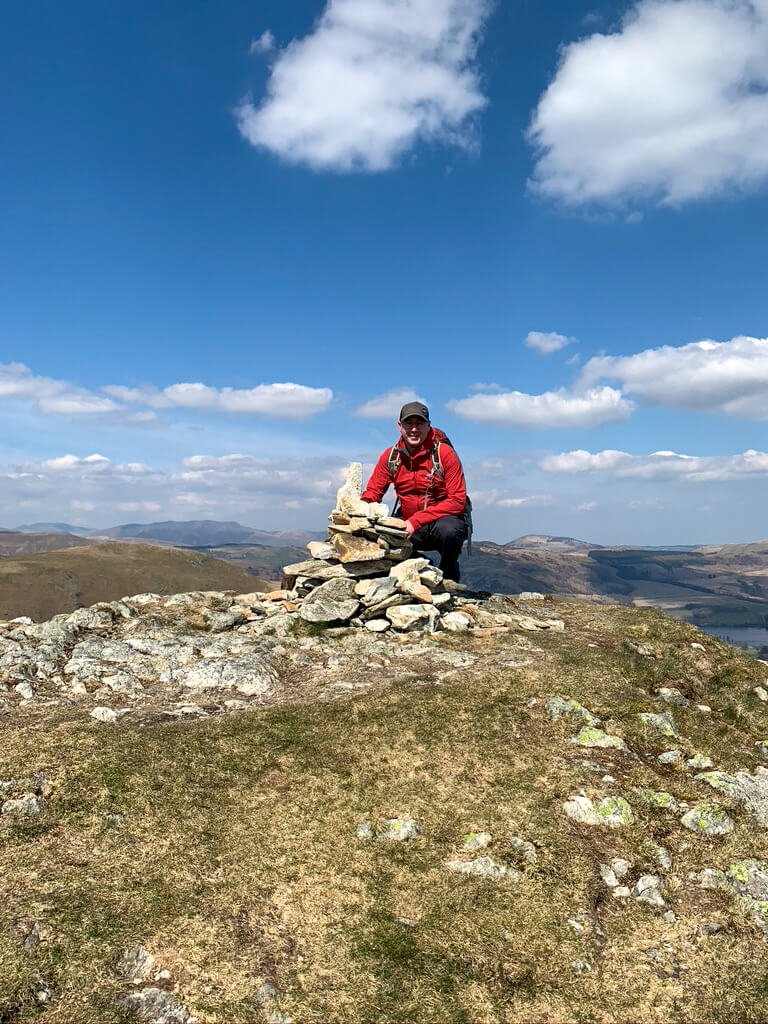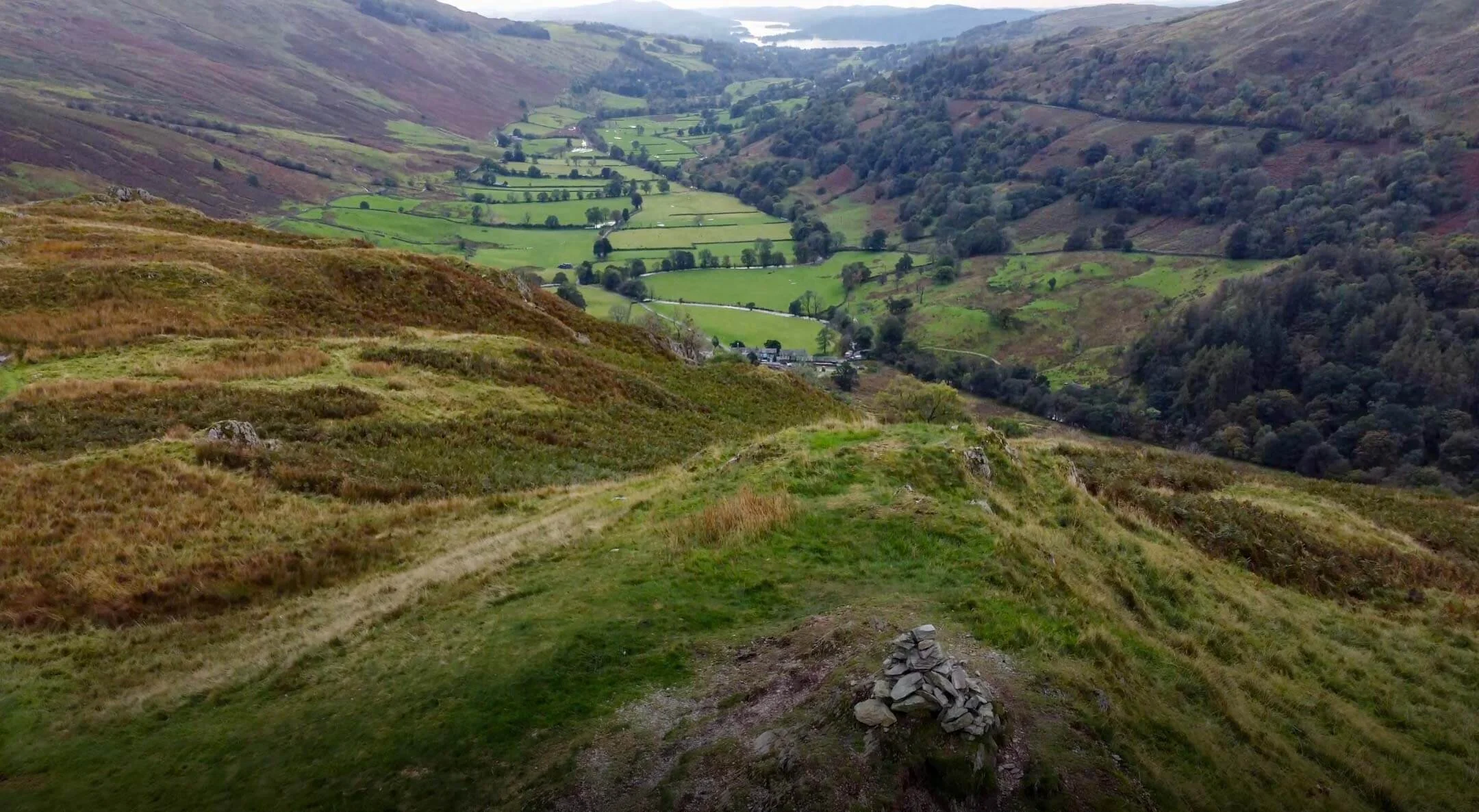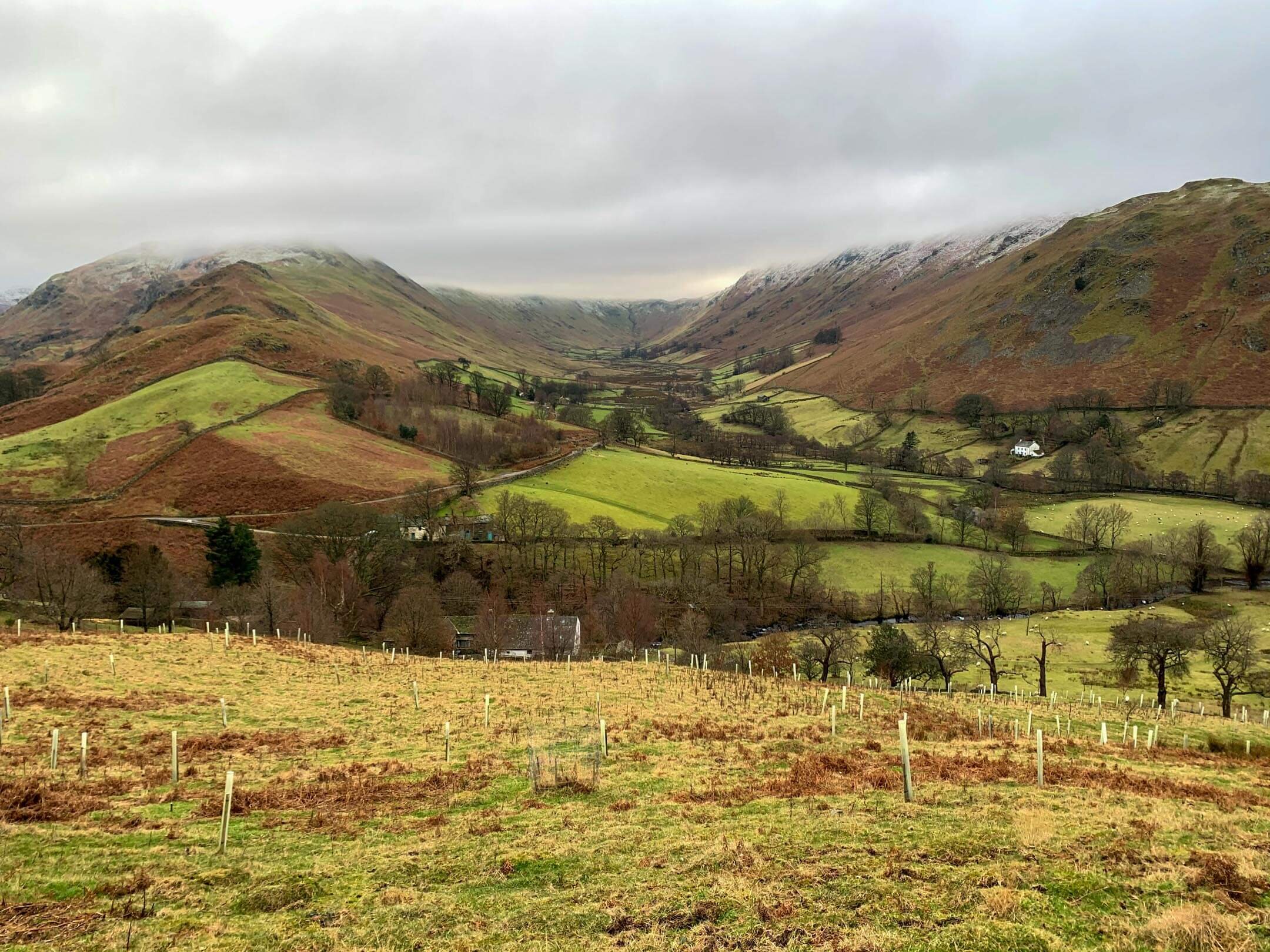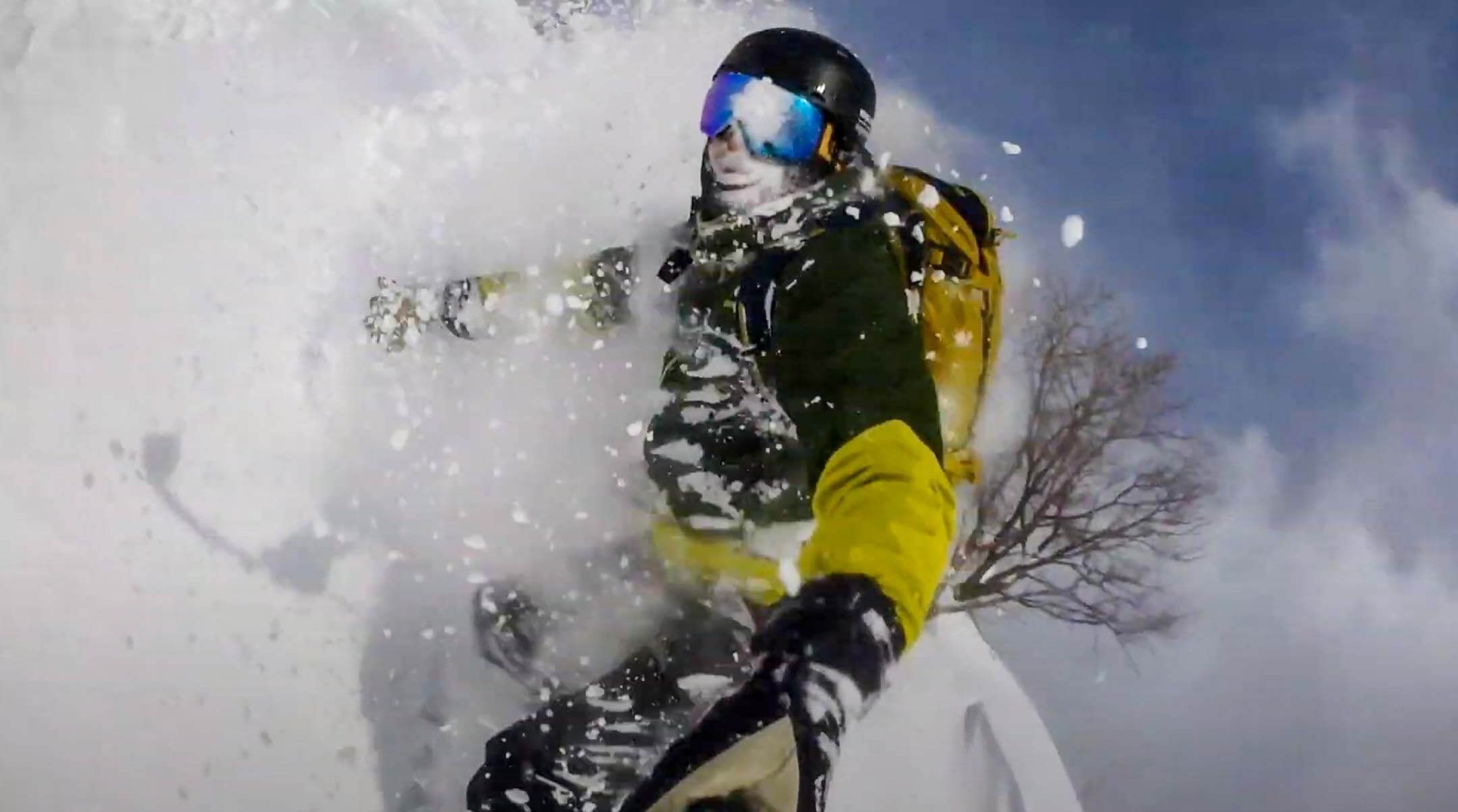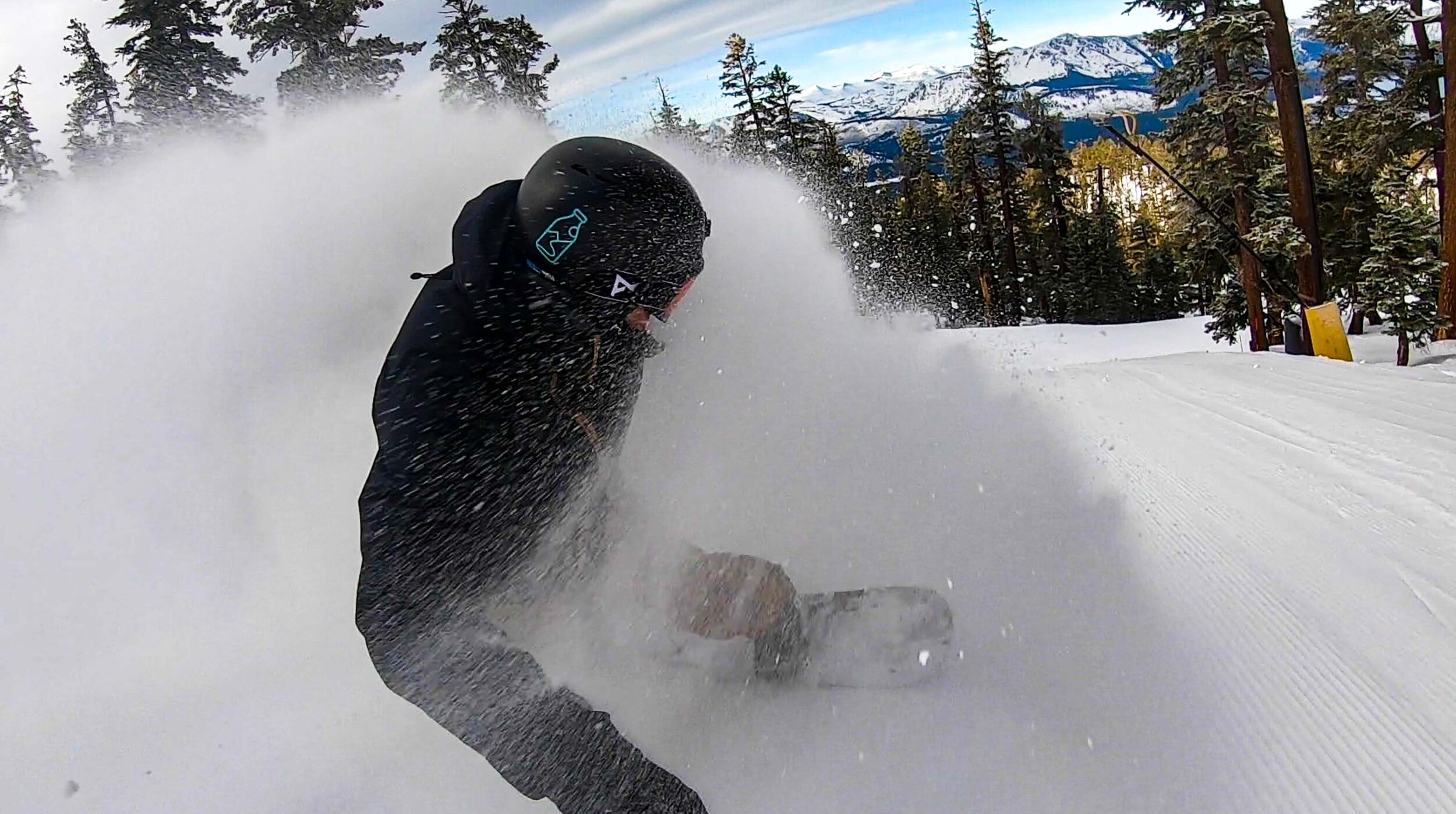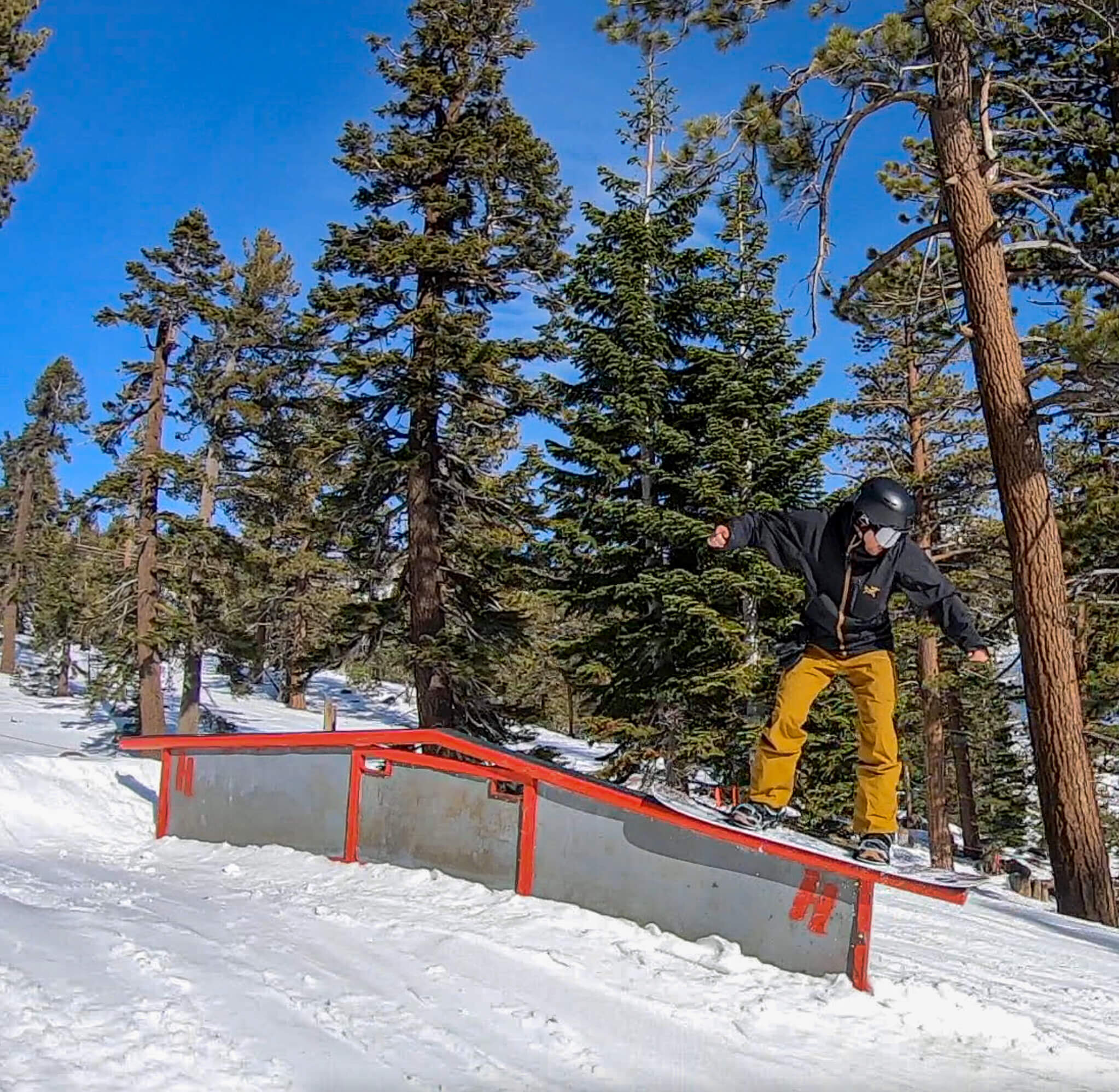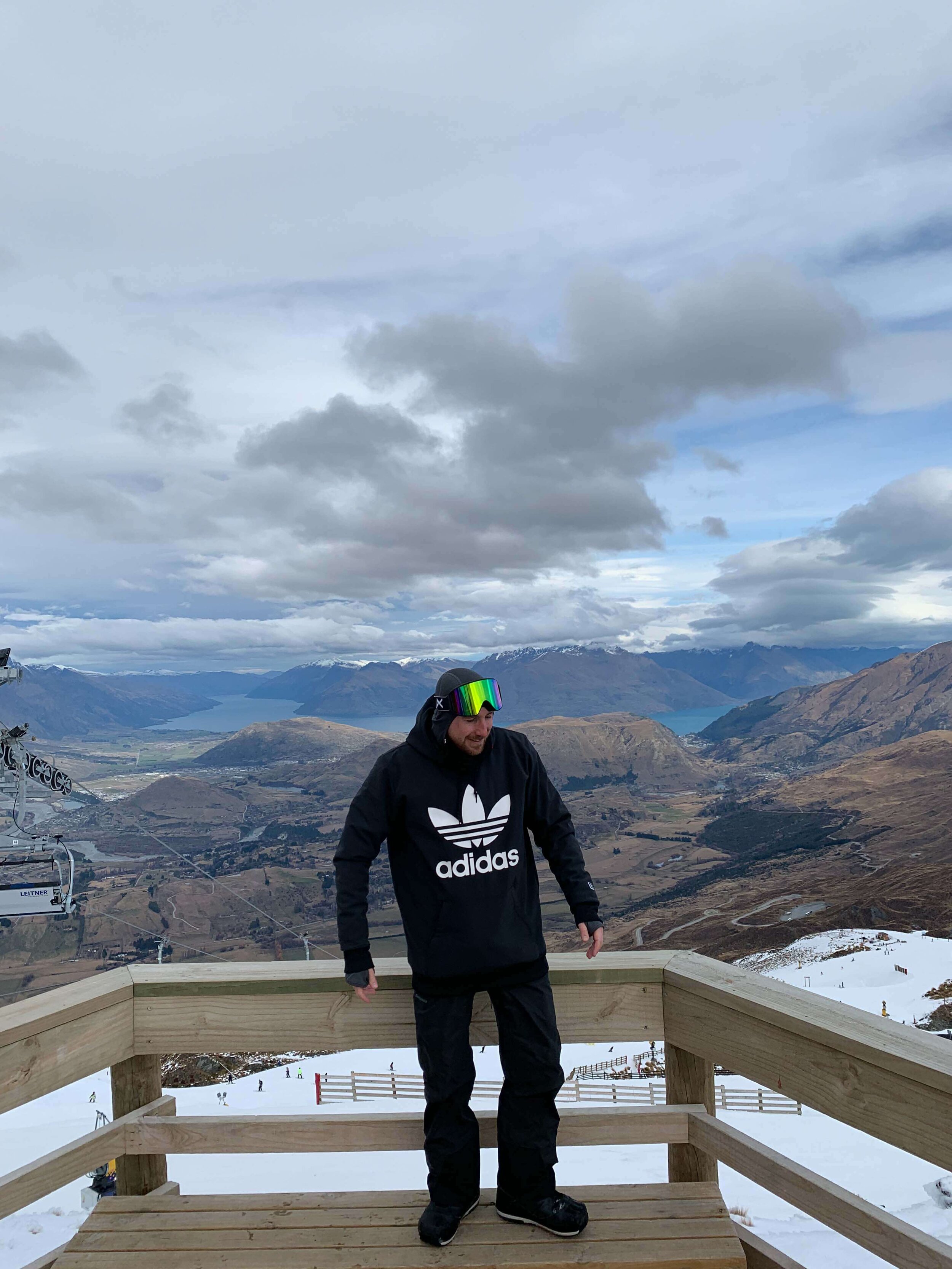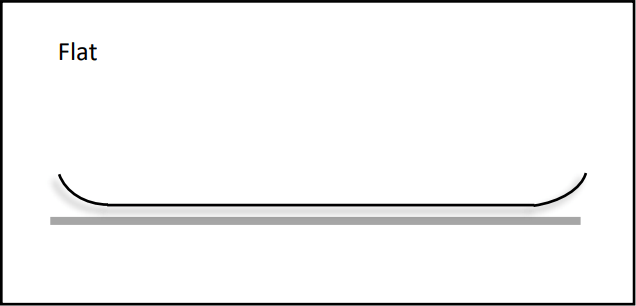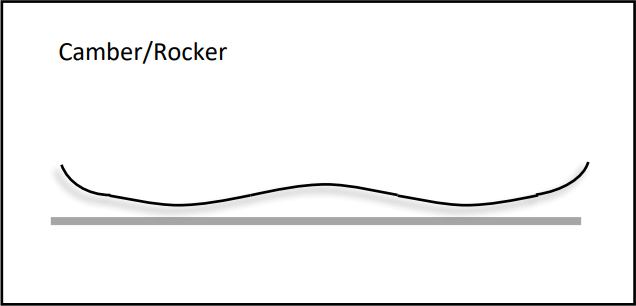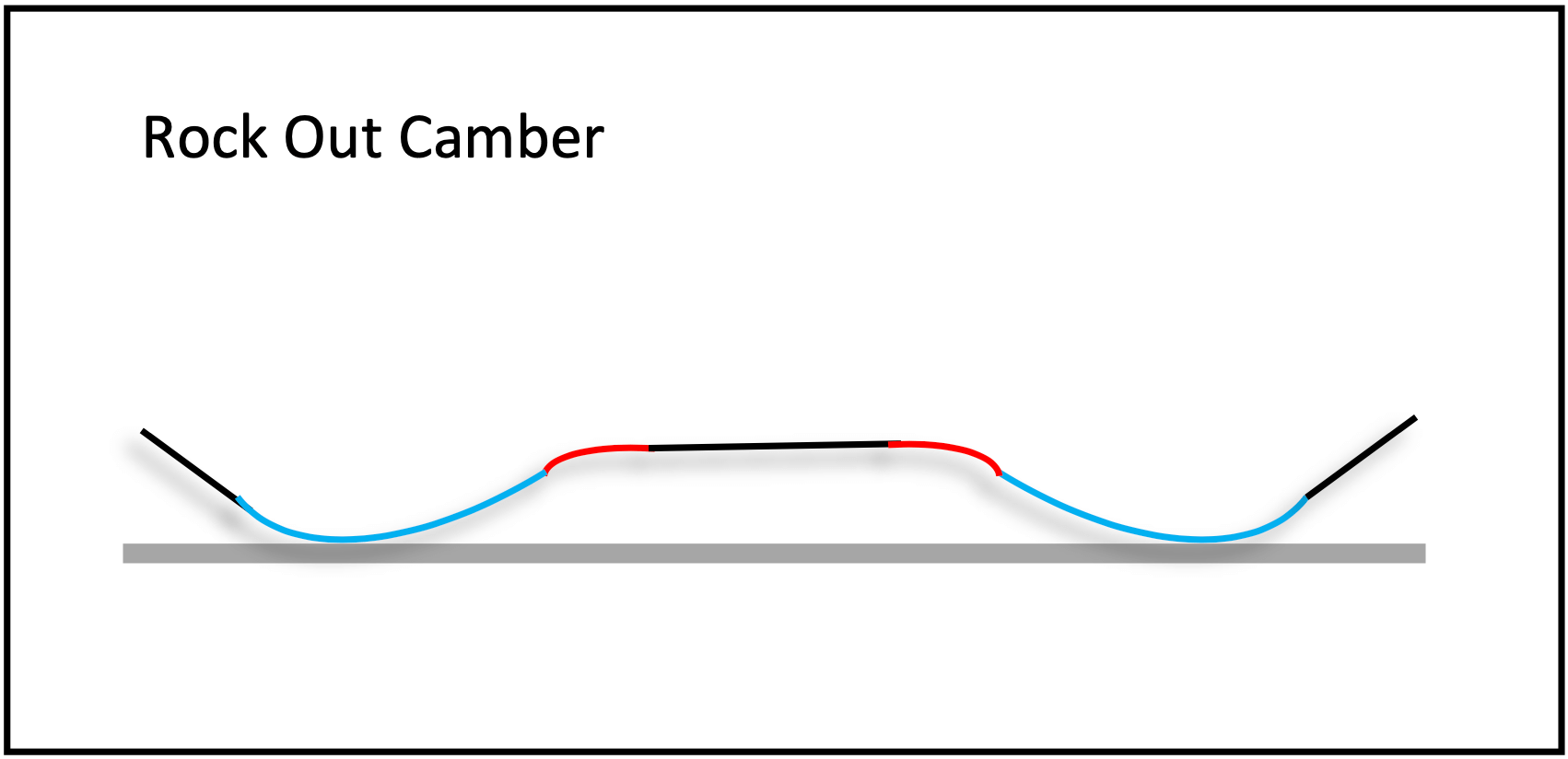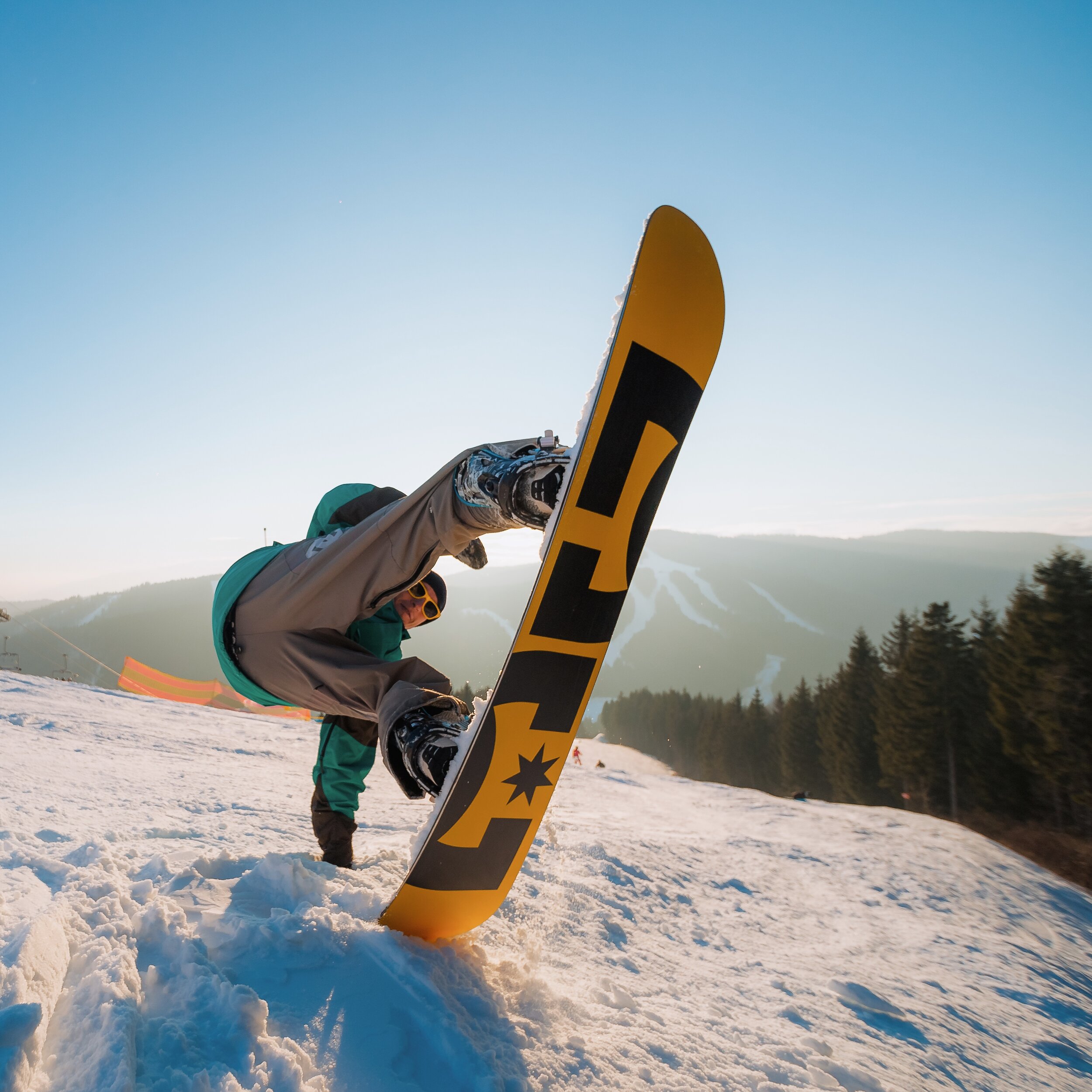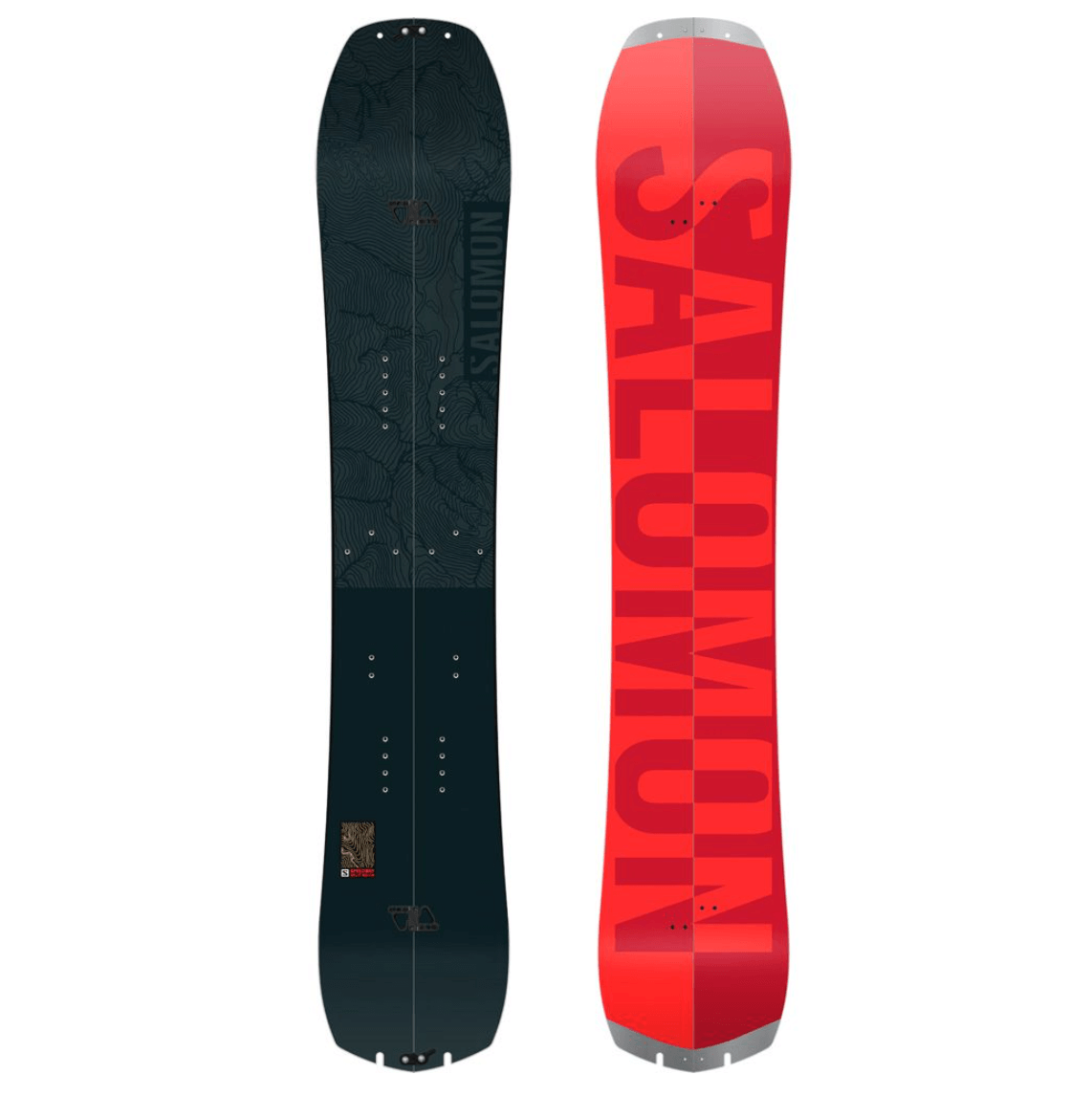Anon M4 | Ski Goggle Review
The opinions expressed in this review are my own and I am not paid by the brand. If this review helps you decide that the Anon M4 is the goggle for you, consider using the affiliate links to support the website. These links will provide a small commission to me at no extra cost to you.
Burton owned, Anon have been making quality ski and snowboard goggles for a number of years now. Their factory in Burlington Vermont is clearly a home of innovation and the M4 is the pinnacle of that process. The M4 is the top of the line goggle from Anon featuring, all the tech but still remaining good value.
ANON M4 OVERVIEW
Ok, you read it, I said that the Anon M4 remains good value. It is hard to justify that sentence for a £260 goggle but let me try. In the box you get; one goggle frame, two Perceive lenses and an MFI facemask, which is life-changing! The Anon M4 has everything you would expect from a top-end goggle.
The Anon M4 is unique in that the frame fits two lens shapes; Toric and Cylindrical. Anon M4 Toric lenses offer the widest field of view with that wrap around look that has become so popular. The Anon M4 Cylindrical lenses still offer a great field of view but with a more classic throwback style. The great thing about the Anon M4 ski goggles design is that you can mix and match the lens styles and swap out both Toric and Cylindrical lenses.
As you’d expect from a top end goggle, the Anon M4 has been designed to fit well with helmets. Anon make helmets as well, however I feel this goggle has fitted well with my Giro Combyn helmet over the last few seasons. The large frame design may not be to everyones taste, but if you like big frames the Anon M4 is a solid choice.
The key selling point for the Anon M4 goggle has to revolve around the intuitive MAGNA-TECH technology. Anon use magnets in both the lenses and their facemasks to ensure a seamless integration with the goggle frame. Changing the lens on an Anon M4 is this simple.
ANON M4 KEY FEATURES
Unisex frame
Thinner face foam used to ensure a close fit and optimising the field of view.
Triple-layer face foam incorporates a fleece layer that acts to wick moisture away from the skin and provide comfort, whilst adding two layers of foam for a snug seal and comfortable fit.
Light yet sturdy frame holds shape well ensuring a consistent and comfortable fit. There is some play in the frame allowing for slight movements and added comfort.
Ideally suited to medium and large face shapes.
Compatible with helmets (Best to try with yours before you buy).
MFI allows for facemasks to seamlessly attach to the goggle creating a full barrier to the elements. MFI is quick and easy with one hand movement.
Included MFI facemasks allow for ventilation and I have had no fogging issues.
The large frame is OTG compatible, so glasses wearers should be able to wear their frames underneath without discomfort. (Side note: I wear an insert with my prescription inside the goggle and this works great).
Price is all inclusive of MFI face mask, two lenses, goggle bag, and lens protective case.
MAGNA-TECH utilises 9 magnets to hold the lens in place. Strong enough to hold the lens in but still easy to change!
SONAR or PERCEIVE Lenses provide high-contrast and clarity.
ANON M4 goggle comes with hydrophobic and oleophobic coatings. These help the lenses avoid scratches and finger prints.
ANON Warranty - I have used the Warranty system in the past and they resolved my issue quickly and effectively. I have had no issues with my M4 goggles.
ANON M4 FIRST IMPRESSIONS
From initial look the Anon M4 is a great goggle. The first thing I normally check on goggles is the lens change. I want this to be easy so that I don’t have to faff on a mountain. Remember, that if its taking you time to do it indoors it will probably take you longer on the hill. Fair to say that the M4 has the best lens change out of any goggle I have previously tried.
Looking at the frame it is sturdy with a little bit of give. The foam closest to your face is fleece lined which adds another level of comfort. Sticking with the foam theme, there is what Anon call the ‘Full perimeter vent channel’ which allows air to circulate through the goggle preventing fogging. As expected the strap is backed with silicone to stop slip off helmets.
Another nice touch is the spare lens comes in a sturdy case to give you a bit more confidence if you are riding around with your spare lens in your pocket.
HOW GOOD ARE THE ANON M4 SKI GOGGLES
I have ridden with the Anon M4 ski goggle for a number of seasons now and it’s fair to say it’s my favourite goggle. There are plenty of reasons to like the Anon M4 but i’ll break down some of my favourites below.
ANON M4 FIELD OF VISION
The wide field of view on the Anon M4 gives you plenty of peripheral vision. The close to face design of the goggle frame ensures their are no blind spots or obstructions. The larger design does help in this regard and the Toric lenses will offer a greater field of view than the Cylindrical lenses.
ANON M4 LENSES
A while back I compared the Anon M4 Sonar lenses to Prism and Chromapop in this video. I was impressed by how the Sonar lenses performed in low light conditions, although I did say the Chromapop Lenses used on the Smith IO MAG outperformed Sonar, Anon have since upgraded their lenses.
Anon introduced PERCEIVE LENSES which has stepped up the performance in contrast lenses. Whereas contrast lenses traditionally target the Blue section of the colour spectrum (enhancing snow definition) Anon argued that although making the appearance of snow clearer, this approach compromised the natural appearance of the rest of the picture (trees, sky, buildings etc). PERCEIVE Lenses reduce the effect of 3 sections of the visual light spectrum resulting in a more neutral appearance, whilst still enhancing snow definition.
PERCEIVE LENSES ANON
Looking at the above chart the areas where you see a depression represent colour enhancement. This picture shows that PERCEIVE LENSES not only target the blue light but also green and red light.
PERCEIVE lenses also have the following protective coatings:
Hydrophobic - The hydrophobic coating works to repel moisture from the surface of the lens allowing it to run off and be channeled away easily.
Orleophobic - The Orleophobic coating prevents finger prints or smudges from forming on the lens.
HOW EASY IS THE LENS TO CHANGE
The easiest on the market. Nothing more really needs to be said.
ANON M4 FOGGING
I was initially worried that the integrated face mask would cause fogging, it doesn’t. The whole system works really well and aided by the full perimeter ventilation you can be sure of fog free days.
ANON M4 COMFORT
The Anon M4 has a larger nose bridge which for me makes a more comfortable goggle. Despite having a larger bridge there are no gaps in the goggle with foam preventing unnecessary wind access. Added fleece makes for a comfortable layer against your skin with a firmer foam keeping the goggles shape. One of the best comfort features on the Anon M4 is the MFI face mask. Whether its a; neck tube, balaclava or a hood, the MFI ensures a seamless fit and a complete barrier to the elements.
ANON M4 DURABILITY
I have ridden with the Anon ski goggle regularly since 2019. In that time, they have been well looked after but accidents do happen. Having crashed or fallen on many an occasion whilst wearing the Anon M4 goggle I can attest that they have stood the test of time. The frame is firm enough to prevent it from being easily damaged and the strap is in good condition having been worn under a helmet.
The main concern that people seem to have with magnetic lens ski goggles is whether they hold the lens when you fall. I can honestly say that the lens has not come out of my Anon M4 on impact. Furthermore, if it were to come out I am pretty sure you may have bigger worries. With that in mind, the lenses have also proved durable taking impact whilst resisting any major scratches.
ANON M4 STYLE
There is plenty of choice with the Anon M4 ski goggle. Available not just in a range of colourways but also with a choice of lenses. Like the alien from another planet look then opt for M4 Toric Lenses. Alternatively, choose the M4 Cylindrical Lenses for that old school look. Can’t make up your mind, well no worries, just mix and match the lenses as they will both fit the same frame.
I like the larger frame goggle look so these are perfect for me.
If you wear the Anon M4, let me know what you think below in the comments.
WHAT I LOVE ABOUT THE ANON M4
Magna-tech lens changes are by far the fastest and easiest I have ever tried. I would struggle to go back to another system.
MFI face mask is also a game-changer. Seamless integration with the goggle to create a barrier to the elements.
The Anon M4 comes with two lenses as standard. This means you should be sorted for all conditions.
The lens case that comes with the Anon M4 ski goggle is a nice touch.
WHAT I DISLIKE ABOUT THE ANON M4
The price. This is a top-end goggle and as such you are looking a spending a few pennies to pay for them. Now they have been out a few years, it is possible to find old colourways for slightly cheaper.
FINAL THOUGHTS
The Anon M4 is a fantastic goggle that firmly sits as my favourite out of the goggles I have tried. Having previously been disappointed with the performance of the Anon M3 goggle this is certainly a step up. The money is worth spending if you are a regular skier or snowboarder and will get use out of them. Otherwise there are cheaper alternatives like the Anon Sync that you could consider.
Affiliate Links
These are all retailers that I have used for a number of years and in the case of some have worked for. The service is great and they stock incredible products. Purchasing through these links provides a small commission to support the site at no extra cost to you.
Ellis Brigham: https://tinyurl.com/y5h5efam
The Snowboard Asylum: https://tinyurl.com/y429d29h
SHOP ANON M4 SKI GOGGLE
SHOP ALTERNATIVES
Snowboard Camber Profiles Explained
When shopping for a snowboard you will come across a number of terms for a snowboard profile. Essentially the profile of a snowboard is whether the board curves up from the snow, down towards the snow or a combination of the two. You can see this shape clearly by looking from the side or placing the board on a flat surface. Terminology like camber, rocker, or hybrid camber describes this profile. This post attempts to go through all the available snowboard profiles and discuss the pros and cons of each profile.
WHAT IS A SNOWBOARD PROFILE
A snowboard or camber profile describes how a snowboard looks when it is laid on a flat surface. This profile will affect how the snowboard performs and feels across various terrain. Traditionally snowboards have a camber that raises in the middle of the board causing an arch. Over time this has been adapted and refined to produce a variety of snowboard camber shapes that will help improve board feel and can be matched to riding style.
Learning about snowboard profiles will help you choose a snowboard that matches your riding style or the type of terrain you wish to ride. An example would be the use of rocker in the nose of your snowboard to improve performance in deeper snow or a flat camber profile to make your board stable at speed. Below the most popular camber profiles are discussed.
TYPES OF CAMBER PROFILE
CAMBER
A full or traditional camber snowboard is the original snowboard profile. At the beginning of the sport, this is how boards were made and that was your choice. Although there have been many developments in snowboard profile there is a hardcore of snowboarders who would still maintain that a traditional camber snowboard is the best snowboard profile.
A traditional camber snowboard arc’s up in the middle of the board and returns to the snow at the contact points. This arc or camber allows the rider to build up pop for jumps and ollies and will increase the snowboards edge hold when carving. Camber snowboards feel stable and reliable and they handle speed with ease. Camber profiles are found in advanced carving or jump focussed snowboards as they are stable and have lots of pop.
Camber profiles can be ridden by beginners and in powder however, both of these tasks are made harder by using a full camber snowboard. In powder, the camber will not help you to keep the nose of the board above the snow and you may be more prone to back leg burn in deeper conditions. As a beginner learning on a cambered snowboard could set you up as if you can ride a camber you can ride it all… but be wary of catching an edge. Camber snowboards keep the contact points close to the snow so it is more likely you may catch an edge regularly until you are confident.
FLAT CAMBER
Flat camber snowboards have no arc meaning that they remain flat from the tip to the tail. Flat camber snowboards are a less aggressive version of a cambered snowboard. They will remain stable at speed and will be nice to carve and in addition, will be better in powder than a traditional camber snowboard. This is because a flat camber snowboard has more surface area in contact with the snow, making it harder to sink.
Flat camber boards can feel a bit lifeless and lack the pop of traditional camber boards and they also lack the forgivingness of a rocker snowboard for beginners.
REVERSE CAMBER
Reverse camber or rocker snowboard profiles are essentially the opposite of a camber profile. The arc of a reverse camber board is away from the snow, lifting the contact points in the process. This results in a banana shape that is easier to ride for beginners as you are extremely unlikely to catch an edge. Reverse camber snowboards also are great fun to ride in powder as the reverse camber lifts the nose and tail above the snow. Reverse camber snowboards are also easier to press but there are the following downsides.
Because of the nature of the rocker lifting the contact points away from the snow reverse camber boards can be unstable when ridden at faster speeds. If you are into ripping up groomers, then avoid a rocker as it will feel loose. As the contact points are lifted from the snow a rocker snowboard will struggle more for edge hold in icy conditions. This is sometimes counteracted by increasing the number of contact points along the edge.
CAMROCK
CamRock is a hybrid snowboard profile that combines the best characteristics of camber and reverse camber to make a truly versatile shape. Camrock snowboards have camber under the feet but add rocker to the nose and tail. This profile allows for the snowboard to be stable at speed and have great edge hold but be less catchy when initiating turns. Other benefits of a camrock snowboard are that they will float better in powder than their traditional camber counterparts and have more pop than a reverse camber board.
ROCK OUT CAMBER
Rock Out Camber is a hybrid camber profile found on some Salomon Snowboards. The rock out camber profile is similar to a camrock board but adds a flat section between the bindings. This combination of rocker, camber and flat sections provides versatile performance benefits. A rock out camber snowboard will float well in powder, have lots of pop and be stable at speed. This profile is found in some of Salomon’s most popular boards including the Assassin and Villain.
POW ROCKER
Powder boards often have the most interesting designs and the use of a pow rocker profile will help the boards performance in deeper snow. Pow Rocker is essentially a long elongated rockered nose section alongside either a flat or camber section towards the tail of the board. This design will lift the nose of the snowboard out of the snowmaking it perfect for powder days. The camber towards the tail of the board will allow you to carve and power yourself out of turns whilst riding on the piste.
3BT
3BT or TBT is found on Bataleon, Lobster and Whitegold snowboards. 3BT is different from the other profiles discussed as it affects the base not just the profile of the snowboard. 3BT boards are all traditional camber snowboards however the base of a 3BT snowboard is split into three sections. A flat section in the middle and two bevelled sections on the sides. By bevelling the base upwards from the snow Bataleon have created a rocker on the base which makes their snowboards more forgiving. 3BT boards have become really popular as they have shown to improve powder performance and prevent edge catch whilst maintaining a stable ride due to the traditional camber sections.
SNOWBOARD PROFILES BY RIDING STYLE
BEST FOR CARVING
If carving is your main focus then you are going to want some elements of camber in your snowboard profile. As discussed above a camber profile is stable at high speeds and offers great edge hold. By choosing a snowboard that runs a traditional camber from tip to tail you will have the highest level of carving performance. Traditional camber is often found on race/alpine boards designed to go fast and without compromise.
BEST FOR POWDER
If you want to ride in powder effortlessly then you will want some form of rocker added to your snowboard. Any board with a rocker in the nose and tail will help you to stay above the snow. By adding rocker to a longer nose and a directional shape, you will be slashing pow with ease.
BEST FOR JUMPS
If you want to hit big booters than you really want to have a camber underneath your bindings. Having a camber under the centre of your snowboard will allow you to generate extra pop on take-offs and will give you a stable base for landings. Camber boards will also allow you to carve up the take-off to get that spin started.
BEST FOR BUTTERS
To make buttering easy you could opt for a reverse camber snowboard. A full rocker snowboard will allow you to spin your ground tricks without fear of catching an edge. If you didn’t want to sacrifice performance elsewhere consider a camrock profile with rocker on tip/tail. This should still make butters easier but will still give you pop.
BEST FOR RAILS
If you are looking for a catch-free rail board you could consider a flat or reverse camber profile. Both these profiles may feel a bit lifeless on jumps so you may be better served with a hybrid profile. By choosing a hybrid profile you will still generate the pop to jump onto rails but your contact points will be lifted away from the rail. 3BT is another great profile for riding rails as the bevelled base uplifts the contact points.
Personal Preference
Ultimately there is no right or wrong answer for which snowboard profile is right for you. I feel strongly about what is best for me and what I prefer riding in different situations across the mountain. If you are still unsure the best thing you could do is head to your nearest demo shop and try out a number of snowboard profiles.
Get In Touch
As always thanks for reading and if you are still unsure feel free to get in touch via the socials or the comment section. Make sure to check out our Snowboard Buyers Guide where you will find all the information regarding how to buy a snowboard.
PIN IT FOR LATER
CARE TO SHARE?
IF YOU FOUND THIS POST USEFUL AND YOU THINK IT MAY ALSO HELP OTHERS, PLEASE LIKE, SHARE AND COMMENT TO PROMOTE IT TO OTHERS
Salomon Speedway Split Overview
Salomon makes some of the best-value snowboards on the market and this has transferred into their splitboard range. The Speedway has shown itself to be a top performer in solid form winning awards and accolades from various snowboarding publications. As a Splitboard, the Speedway gives you a ride that will love charging on the way down. Its elongated nose and taper allow the Speedway Split to float easily in powder and the backseat camber puts the control under your back binding. Salomon has made the Speedway Split from their top-end materials producing a board that is both durable and lightweight.
ABOUT THE SALOMON SPEEDWAY SPLITBOARD
Board Profile
The Salomon Speedway Splitboard has a backseat camber profile. This is a design where the camber is placed under the back binding and leads into a flat section at the nose. There is rocker added on the nose and tail to help with turn initiation and float in deeper snow. The backseat camber design has been used successfully on Salomon Speedway and Super 8 solids which both ride well on and off-piste.
Flex
The Speedway Split has a stiff flex that helps it to remain responsive and reliable. The Speedway’s responsive flex allows the board to be incredibly stable at higher speeds and aids turn initiation.
Board Shape
The Speedway Splitboard has a tapered directional design. The nose of the Speedway is around 10-15mm wider than the tail allowing the front of the board to stay above the snow as the tail drops back to prevent leg burn. A tapered design improves powder performance without sacrificing edge hold on the piste. The Tapered design is coupled with a Quadratic Sidecut. This is a progressive sidecut which allows for easy turn initiation.
The Insides
Salomon spared no expense when assembling the core of the Salomon Speedway. The Ghost Green Core is utilised in the Speedway Split as a way to drop the weight whilst optimising performance. The Ghost Green Core uses paulownia wood which is extremely light and is found in Salomon’s top-end boards.
In addition to the Ghost Green Core, Salomon have added Damplifier to the Speedway Splitboard. Damplifier is a honeycomb effect used in the nose and tail to drop weight. Using Damplifier means that the Speedway Splitboard is lighter for the way up without negatively effecting performance on the way down.
The Base
A Salomon Sintered EG base is used on the Speedway Splitboard. Sintered bases require more TLC with regular waxing but they run much faster than extruded bases. The Sintered EG is designed for a fast ride, but also strengthens the base by utilising Gallium.
The Edges
Salomon wanted to optimise edge hold without causing those nasty edge catches that are common with camber snowboards. To achieve this the used a 1° bevel at the initiation and exit of the edge with a 2° bevel between the bindings.
The Sidewalls
Salomon uses ABS sidewalls which is the short way to say Acrylonitrile Butadiene Styrene. Basically, these are solid and I have had them on a number of boards. The ABS sidewall dampens vibrations through the board and absorbs impacts on jumps.
Additional Features
The Salomon Speedway Splitboard comes complete with custom cut Pomoca Skins which will save you money and time. This is a really nice addition from Salomon.
The Terrain
The Salomon Speedway Splitboard is designed for use outside of the resort boundary’s where exploration is leading the way. The board can be used in the resort and will perform great on groomers. You are unlikely to find the Speedway Split anywhere near the terrain park.
The Rider
The rider of the Speedway Splitboard should be confident riding a stiffer deck. The Speedway is directional and although it can be ridden switch this is not where it excels so it would suit an omnidirectional rider.
Sizing
The Salomon Speedway is available in three sizes; 155, 160, and 165. Because of the damplifier in the nose and tail Salomon say that you can size up from your regular board length by 3-5cm so consider this when choosing your size.



